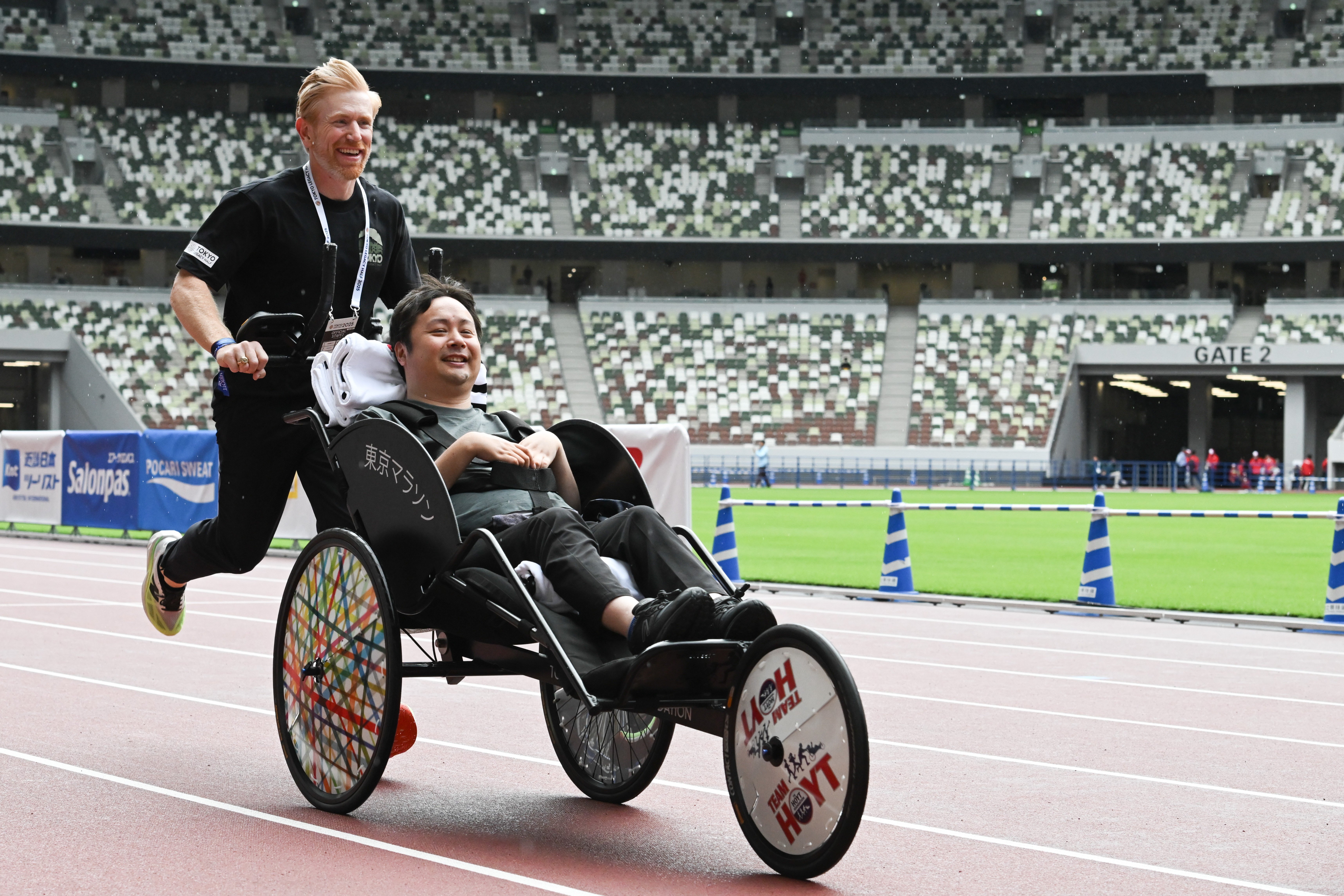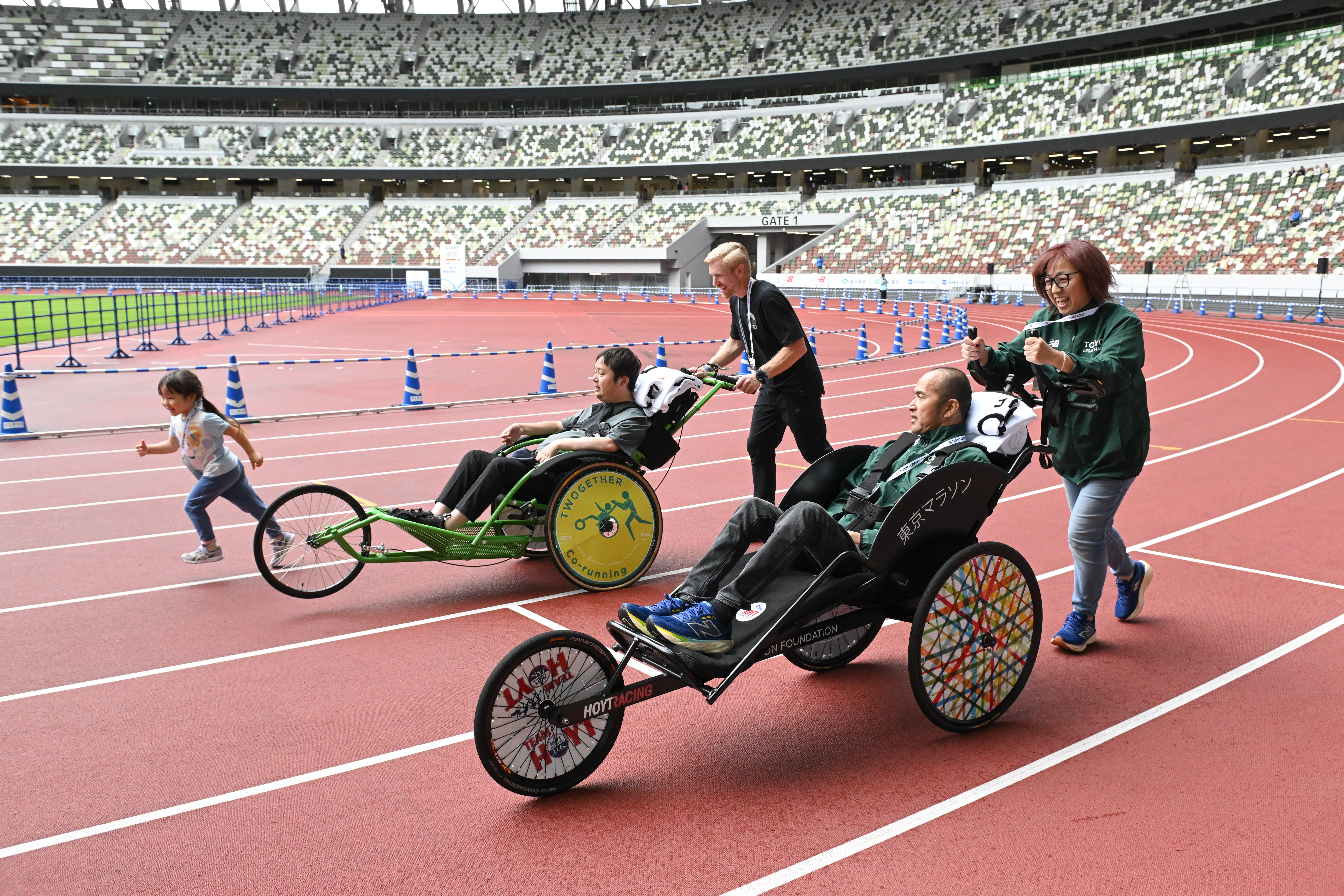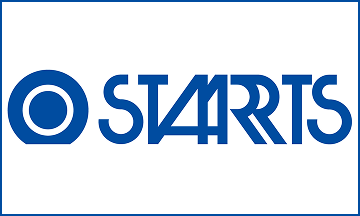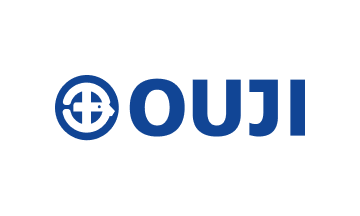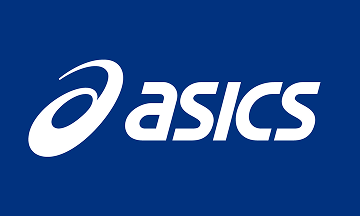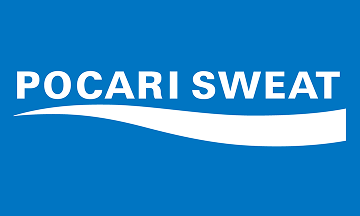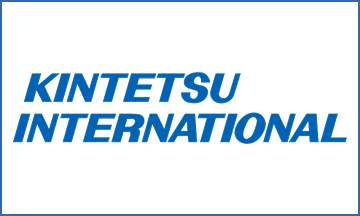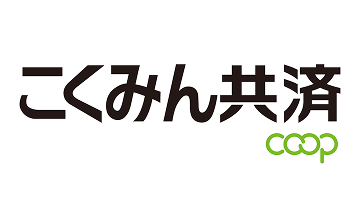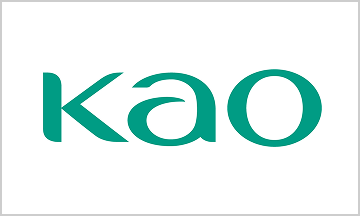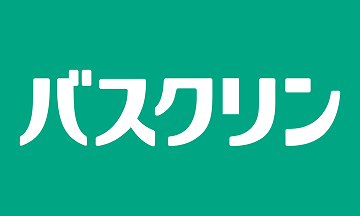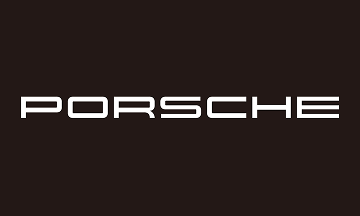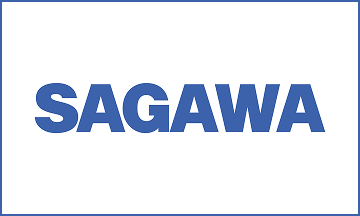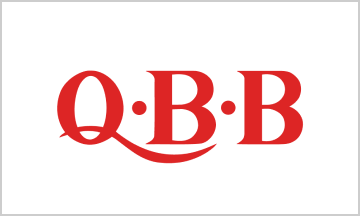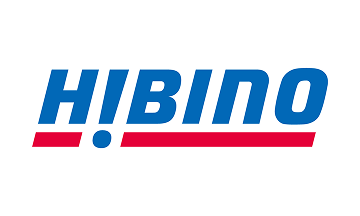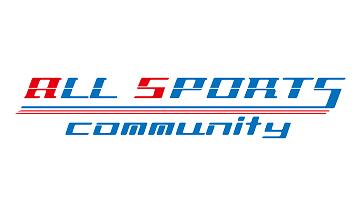The Tokyo Marathon Foundation embraces the mission: “Change the future, through the joy of running.” We believe running has the power to strengthen bonds between people and build a better society, and we are working to expand the possibilities of running sports and create new lifestyles.
One of our initiatives is “creating events where anyone can participate in their own way.” For the Tokyo Marathon, which will celebrate its 20th anniversary in 2027, we aim to officially introduce a new category called “Duo Team.” Duo running is a new running style in which individuals with permanent physical disabilities—such as cerebral palsy—that make independent walking or running difficult can safely participate using a customized wheelchair called a “Duo Buggy.” A “Duo Team” consists of two people: the rider in the Duo Buggy and the pusher who propels it.
In preparation for the full introduction of Duo Team, we began trial implementation at the Tokyo Marathon 2025. In the first year, four teams from overseas participated, and all completed the race.
■ Duo Buggy Unveiled to the Public
One of the four teams—rider Andrew McAllister and pusher Ross Ormond—commissioned the Hoyt Foundation, which supports them, to build a specially designed Duo Buggy and donated it to the Foundation. To coincide with the Tokyo Legacy Half Marathon 2025 on October 19, pusher Ormond brought the buggy from the United States, and a presentation ceremony was held on the 17th.
At the ceremony, Ormond explained the reason for the donation: “This gift is a simple symbol of something much bigger — our deep gratitude to the Tokyo Marathon Foundation, and to everyone who made it possible for us, and for all duo teams, to take part in the Tokyo Marathon 2025. It also represents our shared hope — that one day soon, we will see a Japanese duo team racing together here in Tokyo.”
He then shared his thoughts and experiences on Duo running: “Running has changed my life in ways I could never have imagined. But duo running — running together as one team — has changed my heart. It’s taught me that inclusion is not just an idea; it’s an experience. When we move together, when we share the miles, we show the world what’s possible when everyone is given the chance to belong.
Duo running also has the power to bring families together — especially families with children living with disabilities, whether from birth or from an accident. It gives those children the freedom to feel the wind on their face, the thrill of speed, and the joy of competition. In those moments, barriers disappear, and what remains is pure connection — love, laughter, and the shared exhilaration of doing something extraordinary together.
Being here today, in Tokyo, is proof that dreams do come true. When Andrew and I first began this journey, we never imagined it would take us all the way around the world.”
He concluded: “It is our sincere hope that this racing wheelchair will help inspire the next generation — perhaps even the first Japanese duo team to take on this incredible course.
From the bottom of our hearts — Arigato gozaimasu.”
■ Public Visitors Experience the Duo Buggy
The following day, October 18, the donated Duo Buggy was displayed at the “Meiji Park Family Sports Experience Square” during the Tokyo Legacy Stadium 2025 in Meiji Park, where many visitors, including families, tried it out. Most participants were learning about Duo running for the first time and were surprised to discover that the Duo Buggy is a tool for two people to run together. After trying it, positive feedback included: “It was a comfortable ride,” “It wasn’t as heavy as it looked and was easy to push,” and “What a discovery—running together like this is possible!”
Regarding handling, some noted that “turns and downhills are tricky,” indicating that practice is essential. Still, comments like “It was fun” and “This is a whole new way to run!” showed that participants recognized the potential of this new running style.

In addition to Ormond’s donated buggy, another Duo Buggy was available at the Meiji Park experience area on Saturday the 18th. This second buggy is owned by the Gifu Seibi Gakuin Research Team TWOGETHER.
The Tokyo Marathon Foundation is engaged in the Sports Legacy Program to leave a legacy for future generations through sport. One component is the Incubation Project, which recruits and supports innovative, unique initiatives addressing social issues such as child-rearing support and independence for people with disabilities. For fiscal year 2025, TWOGETHER was selected as a grant recipient.
The TWOGETHER team consists of six faculty members from Chubu Gakuin University and its junior college under the same incorporated educational institution. It is a research group working to realize diverse sports and diverse ways of living for diverse people. Its two main pillars are promoting and developing Duo Team and practicing buggy running with children in dedicated strollers, alongside research and awareness activities.
Team member Saki Tohkairin said: “Learning about the Duo Team running style resonated deeply with us as one embodiment of the diverse sports we aim for. We want to share forms of sport like Duo Team with more people and take a step toward a society where everyone has the chance to challenge themselves.” She added that their goals are: “First, to increase opportunities in Gifu Prefecture for people to learn about Duo Team through test-ride events and similar activities. And then, to form Japan’s first team and participate in the Tokyo Marathon 2027.”
Spreading the new Duo Team style serves not only to increase participants but also to raise awareness among other runners, reducing risks such as collisions during events. “Understanding from those around them, not just the participants themselves, is essential,” she emphasized.
Kenta Goto also expressed his enthusiasm: “I see potential in Duo running as one form of running for people with disabilities. While there are parasports involving self-propelled racing wheelchairs, we want Duo running recognized as another option within parasports. We hope general runners can enjoy competing alongside them and that it spreads even further.”
■ Keeping the Joy of Running Alive During Child-Rearing—Parent-Child Buggy Running Experience
At the “Meiji Park Family Sports Experience Square” during Tokyo Legacy Stadium 2025 on October 18 (Sat.) and 19 (Sun.), a “buggy running” experience was also offered, in which young children ride in running strollers while parents push. A wide variety of buggies—double-seaters, hip-pull types, and more—were available, and participants responded enthusiastically: “We could run the Honolulu Marathon as a family” and “I’d love to run through Tokyo with my child.” Overseas, many races already allow buggy running participation. Greater mainstream adoption would expand runners’ enjoyment, enabling training and race preparation with children. Minami Tsuchiya (Representative, Buggyrun Station), who managed the buggy running area, said: “We hope parents raising children will give it a try.”

■ Racing Through the Sacred Ground of Athletics in a Duo Buggy!
Furthermore, on the 19th, a Duo Buggy test-ride session was held on the Japan National Stadium track after the Tokyo Legacy Half Marathon concluded. Ormond, fresh from finishing the half marathon, joined to support the trials. He offered advice on ride comfort adjustments and pushing techniques while serving as pusher for various riders, making multiple laps around the track.
Among the participants was a man in his 40s living in Tokyo who has used a powered wheelchair for several years due to cervical spinal cord injury. With Ormond pushing, they sped around the Japan National Stadium track at considerable pace. “Cutting through the wind felt great. I used to be a runner, so it brought back memories of that sensation. You don’t feel the wind in a powered wheelchair, and seeing the scenery flow by again made me so happy. It opened up new possibilities—I’d love to join a Duo Team someday,” he said with a smile.
Masazumi Soejima, Wheelchair Race Director, also tried the buggy. As a paralympian who self-propels a racing wheelchair, he initially felt uneasy entrusting control to someone else, but afterward remarked: “If I ran a marathon in this, I might fall asleep—it’s that comfortable.” He acknowledged its potential, adding: “As a new form of running, it’s interesting.”
The desire to “try it” or “run” should be respected regardless of disability or age, and making such desires possible is a major element of inclusion and an inclusive society. Duo running and buggy running are options that realize the wish of diverse people to “run.” The Foundation will continue contributing to their promotion and development.
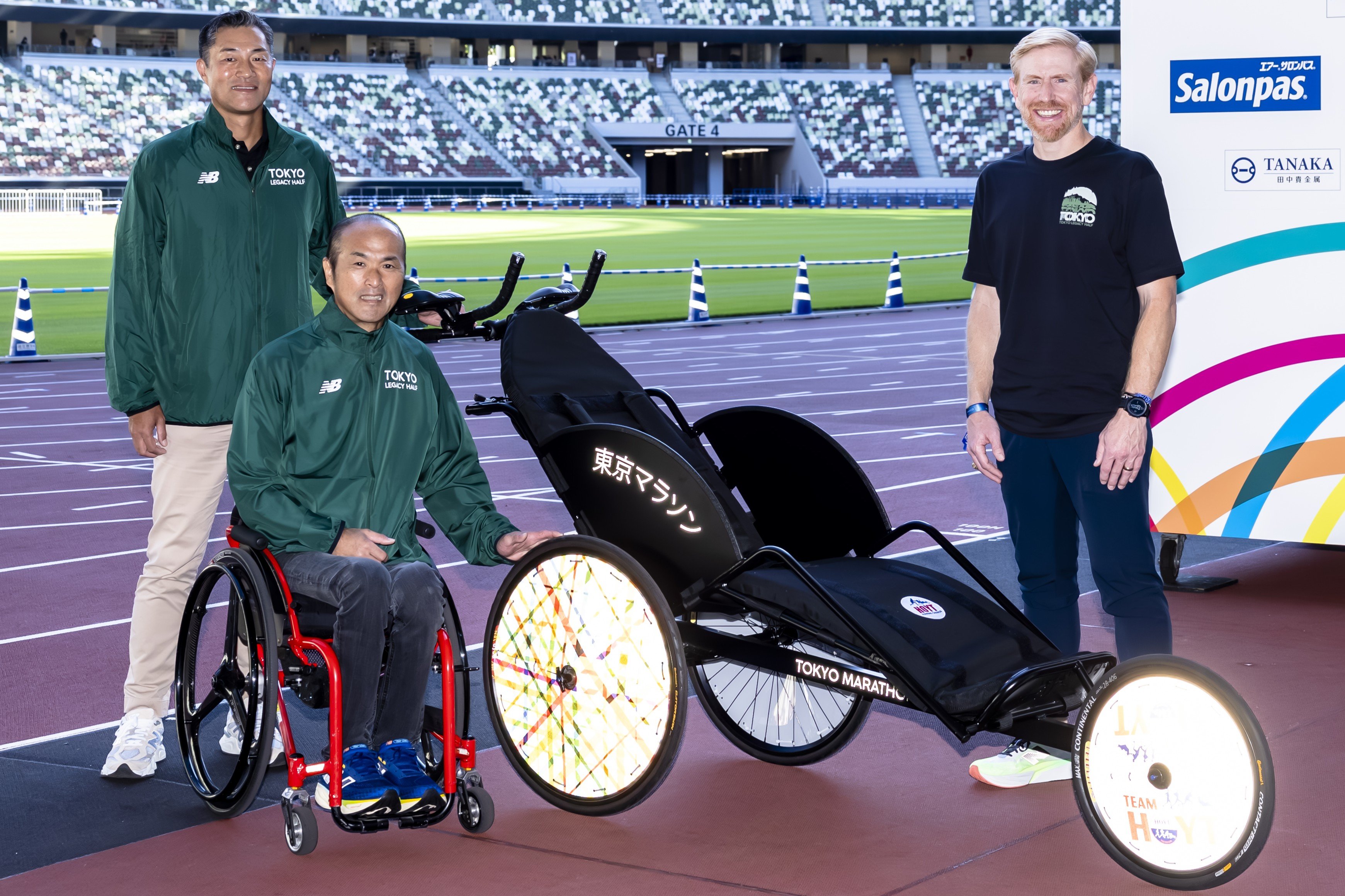
▲From left: Yasuhiro Oshima (Tokyo Marathon Foundation), Masazumi Soejima (Tokyo Marathon Foundation), and Ross Ormond.
<Message from Ross Ormond>
My name is Ross Ormond, and I am honored to be here on behalf of my running partner Andrew McAllister and The Hoyt Foundation, as we present this racing wheelchair to the Tokyo Marathon Foundation.
This gift is a simple symbol of something much bigger — our deep gratitude to the Tokyo Marathon Foundation, and to everyone who made it possible for us, and for all duo teams, to take part in the Tokyo Marathon 2025. It also represents our shared hope — that one day soon, we will see a Japanese duo team racing together here in Tokyo.
Running has changed my life in ways I could never have imagined. But duo running — running together as one team — has changed my heart. It’s taught me that inclusion is not just an idea; it’s an experience. When we move together, when we share the miles, we show the world what’s possible when everyone is given the chance to belong.
Duo running also has the power to bring families together — especially families with children living with disabilities, whether from birth or from an accident. It gives those children the freedom to feel the wind on their face, the thrill of speed, and the joy of competition. In those moments, barriers disappear, and what remains is pure connection — love, laughter, and the shared exhilaration of doing something extraordinary together.
Being here today, in Tokyo, is proof that dreams do come true. When Andrew and I first began this journey, we never imagined it would take us all the way around the world — and yet, here we are, celebrating friendship, inclusion, and the power of sport to unite people across every boundary.
To everyone at the Tokyo Marathon Foundation — thank you. You opened your hearts to the idea of duo running, and in doing so, you opened doors for so many others who will follow.
It is our sincere hope that this racing wheelchair will help inspire the next generation — perhaps even the first Japanese duo team to take on this incredible course.
From the bottom of our hearts — arigato gozaimasu.

